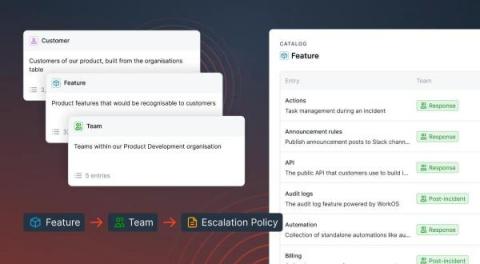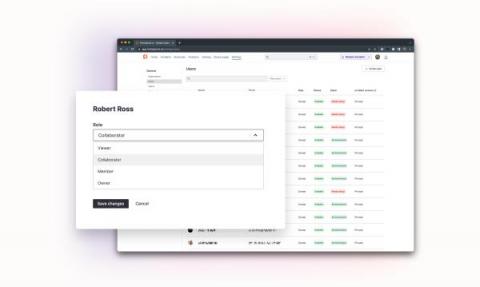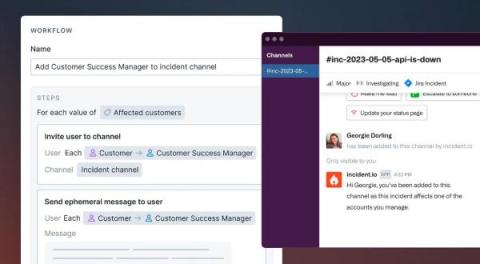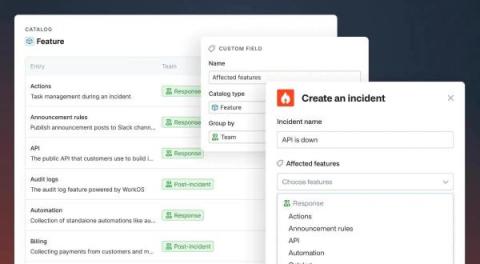Announcing Catalog - the connected map of everything in your organization
One of the most painful parts of incident response is contextualizing the problem and understanding how and where it fits within your organization. If responders are unable to answer basic questions such as: Then you waste valuable time talking to the wrong people or solving the wrong problems — ultimately extending impact and hurting your response. It’s a common issue that, up until now, didn’t have a clear solution or workaround.











